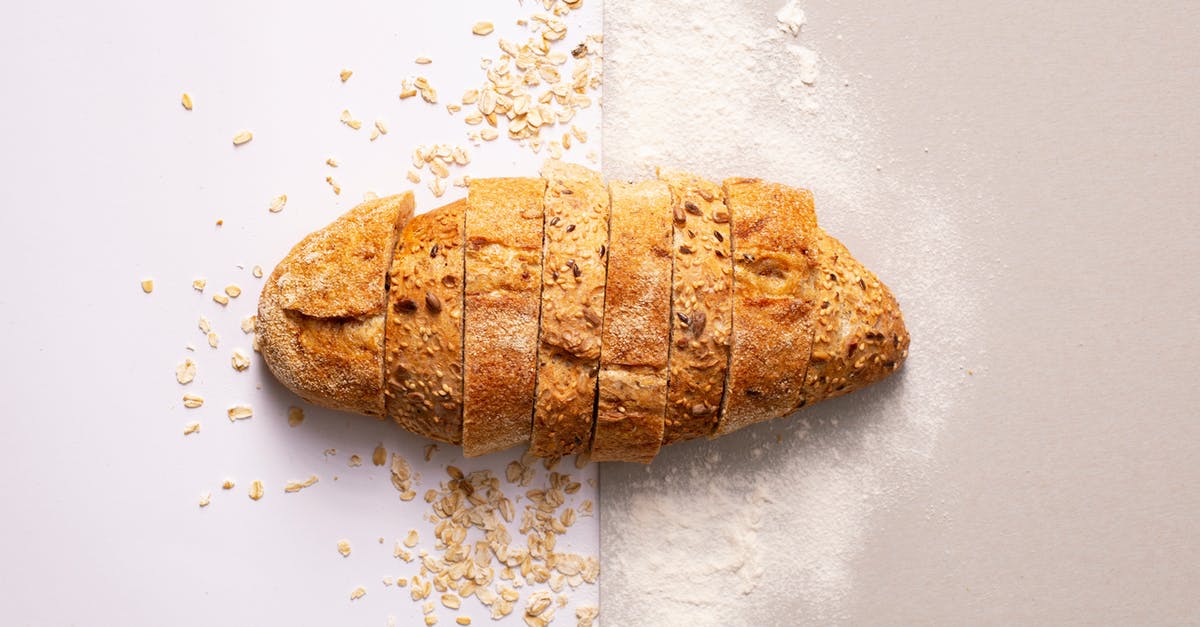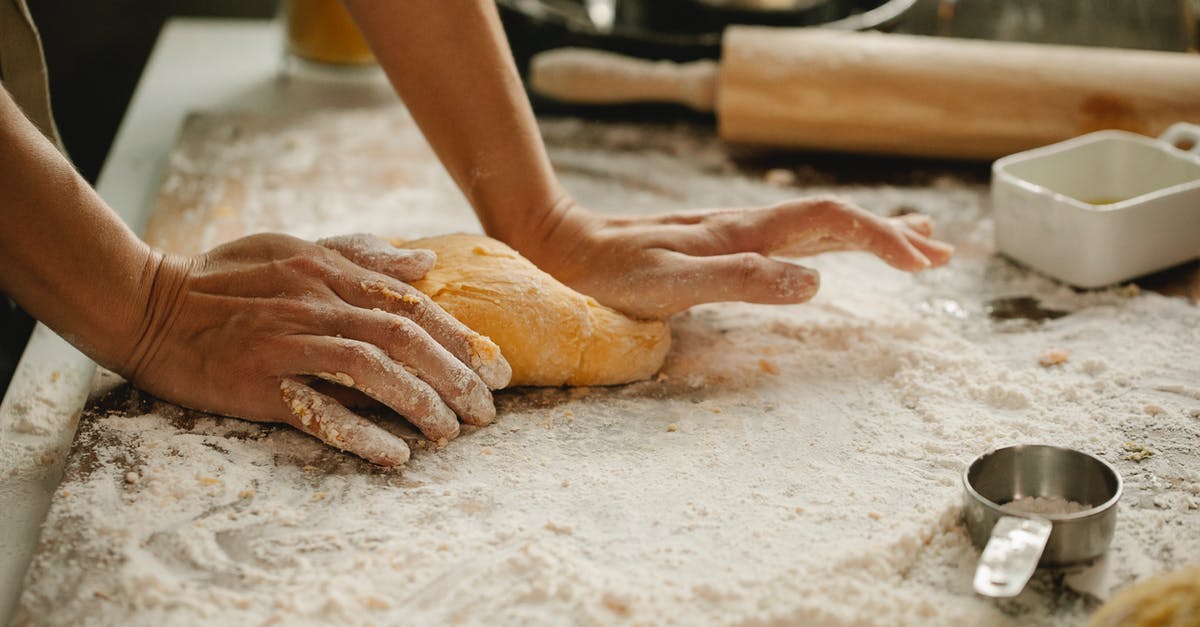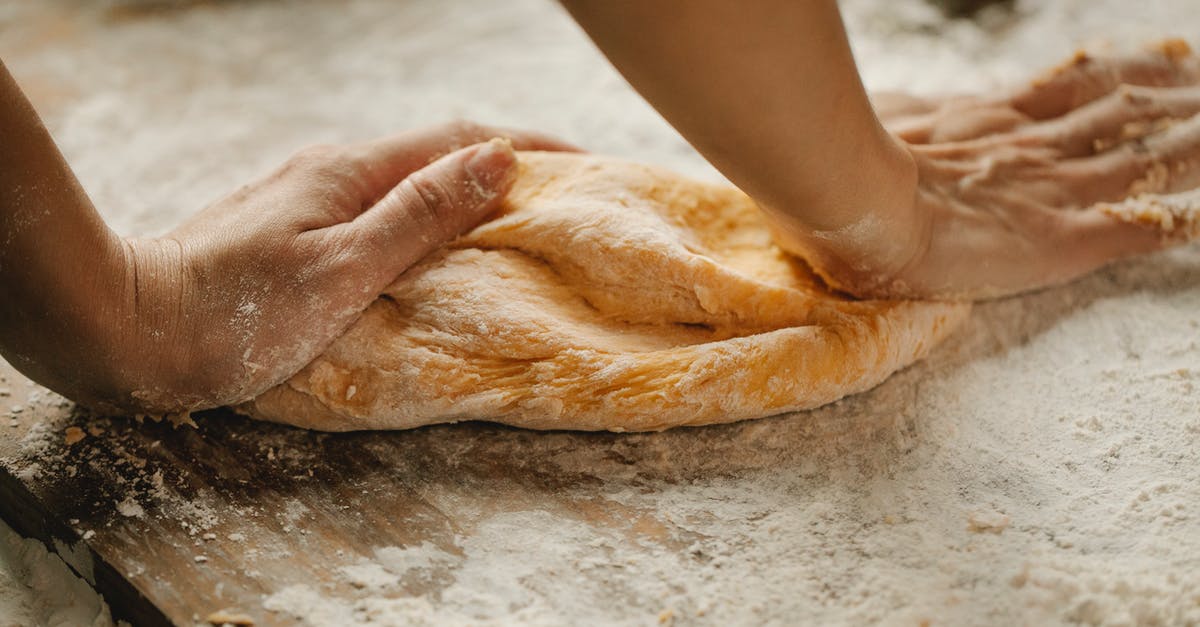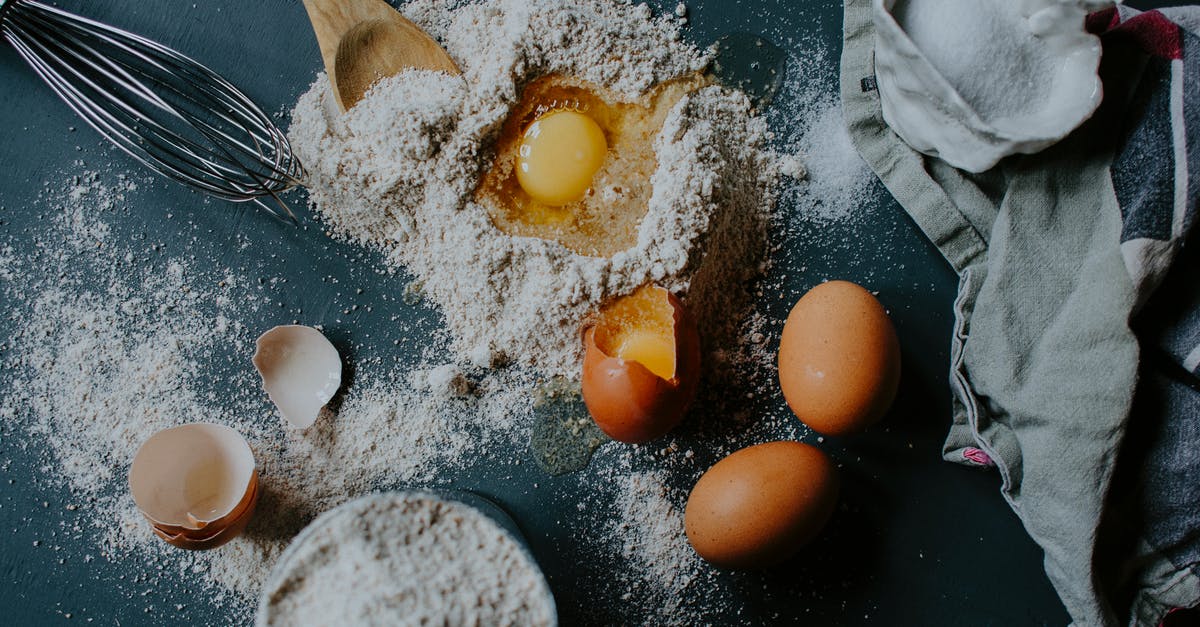Devising a first-scratch bread recipe

I have some cracked wheat, some bran flakes, wheat germ, bread flour, and whole wheat flour (among other various things). How could I, using those ingredients and whatever basic principles (what I'm looking for here) apply, invent a new recipe that at least worked reasonably well? What are the principles I could use?
How do I decide how much of the non-flour type grains to add so that the bread both tastes decent (I know first attempts are not going to be perfect) and doesn't collapse or explode?
How do I know approximately how much water I'll need to add short of slowly adding until it feels right, or is that the only way?
If there is no water estimator, how do I soak the cracked wheat without going past the moisture point of the whole bread?
In other words, what are the things I need to know in order to be able to throw together things I have available that seem like they might make a good bread?
Best Answer
I think that first you need to decide on the type of bread you want to achieve, which basically means deciding which leavening agent and which baking method to use.
Leavening. Common leavening agents are yeast, sourdough, baking powder/baking soda, unleavened bread, and eggs. For creating a new recipe, you should pick a method you are very familiar with. Eggs and unleavened are more likely to fail if the proportions are not optimal, so I'd say you shouldn't create a recipe with them from scratch, it is much safer to alter an existing known-good recipe. Also, experiments with nonsweetened dough using baking soda have taught me that while it is no problem to achieve a good leavening, the taste is often bland and dry. So I'd say to go classic with yeast or sourdough. As I don't have much experience with sourdough, I will describe the yeast case here. If you are a sourdough expert, you'll probably be able to duplicate my reasoning for sourdough.
Baking. As for baking methods, the oven is the traditional one, and a bread-baking machine should be equivalent. There are types of bread made on a stovetop (with or without fat) and also some which require open fire, but oven is the classic one and probably the easiest to work with.
Non-flour grains. Now we have decided on yeast and oven/machine, we want to determine the proportions. The most important variable should be, as you mentioned, the moisture content. I think that the easiest way to ensure that the non-flour solids (cracked wheat, bran) don't soak up too much moisture is to precook them. Then you can also time the baking after the doneness of the crumb and the crust, without worrying if the bran etc. are already done. So just boil them separately (or together if you are sure that their cooking time is similar), until they are al dente (completely done is probably too much, as they will be spending time in the oven). While still hot, put them through a sieve and then spread them on something (e. g. baking sheet) so they can lose the excess moisture while cooling down. This is only for dry grain products; if you decide to use something else too (e.g. sunflower seeds), it doesn't need the precooking.
Water. Now your additional ingredients are rendered more or less moisture inert, you can determine the ratio of water to flour. All bread yeast recipes (and lots of other yeast dough recipes) I've come across require you to add between 35% and 65% of the flour's weight in water (35% for some hard rustic breads, but very uncommon, and 65% for soft airy breads like baguette). (Edit as derobert pointed out, this range is somewhat low, you can have bread which uses much more water than that, though probably not kneaded, and the 35% dough will require additional sources of moisture. So trying to create a recipe from scratch on the lower end of the range would be quite risky). As the additional ingredients still present some risk regarding moisture (and I cannot tell you if they tend to lose the already soaked moisture or start getting more from the dough), you should steer well away from both extremes and stay in the middle, at somewhere like 50-55%. As the whole wheat flour will need slightly less water than the white flour, I'd say go with 50% (and also because of the fat - see below). So if you use 500g flour, add 250ml water. And yes, you have to work with flour by weight. Flour by volume is way too risky for a new recipe, especially if you are mixing two different types.
Fat. A good way to reduce the risk of getting bread which is too dry is to add fat to the dough. For bread, it is more typical to use a fat which is liquid at room temperature, but for some richer breads, butter is also used. For your whole-grain kind of bread, I'd tend to use either a neutral or a nut-tasting oil (canola, refined safflower, walnut, pumpkin seed, maybe even hazelnut if you want to go exotic). But too much fat would be a problem, not only because it hampers yeast leavening, but also because the whole grain stuff cannot soak it up as well as white flour. So a tablespoonful of fat per 500g flour should be enough.
I wouldn't use any liquids other than water and oil the first time, it makes things more complicated. If you make it and notice that you have some leeway in moisture, you can experiment with other stuff.
Yeast. Now about the yeast. Normal bread calls for between 10 and 25g fresh yeast per 500g flour. More yeast results in more leavening, with big air pockets in the crumb, but the bread dries more quickly afterwards. As your dough contains lots of inert mass beside four and liquid, my intuition go for about 20g yeast per 500g flour. (I am assuming here that your so-called "bread flour" is just a white flour and not some premade baking mix already containing a leavening agent. If it is premixed, it is best to leave it out completely and use normal white wheat flour instead. If you don't want to, you have to read the ingredients list very carefully, calculate the proportion of leavening agent, salt, and other stuff it contains, and change the ratios of the things you will be adding). Just remember to put it in a big enough pan for baking, because under perfect conditions, dough with this amount of yeast can increase its volume up to 2.5-3 times while baking. If it turns out well moistened but with too big air pockets in the crumb, either use less yeast, or add an emulgator (lecithine, egg yolk).
Don't forget to use some salt, it is very important for a yeast dough. Typical dosage is one teaspoonful per 500g flour.
Amount of "other" ingredients. As for the ratio of the atypical ingredients, I'd say that mixing too much of them up is too risky. There is bread made completely without flour, but not yeast bread. I think that it is best to add no more than 50% of the flour's weight in inert (=non-flour & non-liquid) ingredients, maybe even as low as 15-30% the first time and then increasing if the initial batches turn out well.
Preparing the dough. For the mixing, the traditional method is time-consuming, but the least risky. Make a predough from some water warmed to 35°C, a flush tablespoonful of sugar, a tablespoonful or two of flour, and the yeast. Mix your flours, the salt and any dried herbs you are using in a bowl, make a hollow in the middle. When the predough becomes foamy, pour some of it in the hollow and mix it with enough flour to make a thick fluid, like pancake batter. Then add some more predough, mix in some more flour, etc, until the predough is used up. Then pour the oil in, stir well, and continue stirring while grabbing some more flour, until it is too thick for stirring. Then start kneading. Continue until you have a dough of the consistency you wish. Then take it out of the flour bowl and knead the wheat, flakes, etc. into it, as well as any non-dry herbs.
This kneading method is much more work than dumping everything into a bowl and using a handheld mixer or the bread machine for quickly kneading it, but it ensures that if you miscalculated your amount of flour, you still end up with a good consistency. Once you have determined the actual amount needed for your recipe, you can start using the easier methods.
Let the kneaded dough rise in a warm place, then re-knead it and shape it into a loaf. Don't make the loaf too thick, 5 cm should be the maximum.
Crust. The only thing left to decide is how you want your crust. For a thick rustic crust, just bake it in the preheated oven. You can even spread flour on it first, then brush it off, leaving a very thin layer clinging to the dough. For a baguette type crust, you must have lots of steam in the oven while baking. Heat water in a wide pan to a rolling boil and put it on a lower rack in the oven while preheating. Leave there while the bread is baking. For a fancy crust, brush melted butter on the bread and shortly before it is done, take it out and brush egg yolk or whole egg on it. For a seed crust, put on the seeds before baking. Or if you like lye-baked goods, bring a strong baking soda solution to boil, and put your small loafs in it for about 30 seconds, then drain before baking. For a soft crust, wrap it in aluminum foil, trying to not leave any air pockets. But for your whole-grain bread, I'd go for the rustic crust or, if you use seeds inside, for the seed-covered (or cover with dry bran flakes if you don't use seeds).
That's about it when baking fairly standard bread. If you want to go fancy (you could add quinoa, ricotta and agave syrup and still get a good bread), you should better start from an existing recipe and try a single new ingredient per batch.
Pictures about "Devising a first-scratch bread recipe"



How to make my bread light and airy?
For a light and airy crumb structure, it is best to use bread flour. The protein content found in bread flour is higher than all purpose flour. When hydrated, protein transforms into gluten so with more gluten available, the dough will naturally hold more gas. Different flour brands will have varying gluten qualities.What ingredient makes bread fluffier?
Carbon dioxide is responsible for all the bubbles that make holes in bread, making it lighter and fluffier. Because gas is created as a result of yeast growth, the more the yeast grows, the more gas in the dough and the more light and airy your bread loaf will be.How to get lighter fluffier bread?
If you want a lighter fluffier bread loaf just add 2 Tbsp of dry milk to the flour per loaf of your bread. Vinegar has a very similar effect to the dough as the ascorbic acid. It helps hold the dough together and strengthens the bubbles so they won't pop.What makes bread so dense?
Dense or heavy bread can be the result of not kneading the dough long enough. Mixing the salt and yeast together or Losing patience in the middle of molding your bread and there is not enough tension in your finished loaf before baking.Homemade Bread for Beginners - Easy
More answers regarding devising a first-scratch bread recipe
Answer 2
I've put cracked wheat (maybe it was bulgar wheat?) and wheat bran in bread once, and at actually came out very well, although everyone was scared to try it because it was so heavy for its size.
Unfortunately, I didn't save the recipe, and it was probably 20 years ago, but from what I can remember:
- I based it off an existing similar bread recipe so I had something to use as a basis for the ratios; I believe it was a honey whole wheat soda bread.
- I pre-cooked the wheat berries as if I were making a wheat cereal, but used half of the recommended water, and then let them cool.
- I added a bit of wheat bran, but it wasn't a whole lot... maybe a 1/4 to 1/2 a cup for what was two maybe 9 to 10" boules.
- I mixed in the wheat berries as if they were anything else stirred in, and didn't adjust the amount of liquid or flour.
Sources: Stack Exchange - This article follows the attribution requirements of Stack Exchange and is licensed under CC BY-SA 3.0.
Images: Mariana Kurnyk, Klaus Nielsen, Klaus Nielsen, Flora Westbrook
